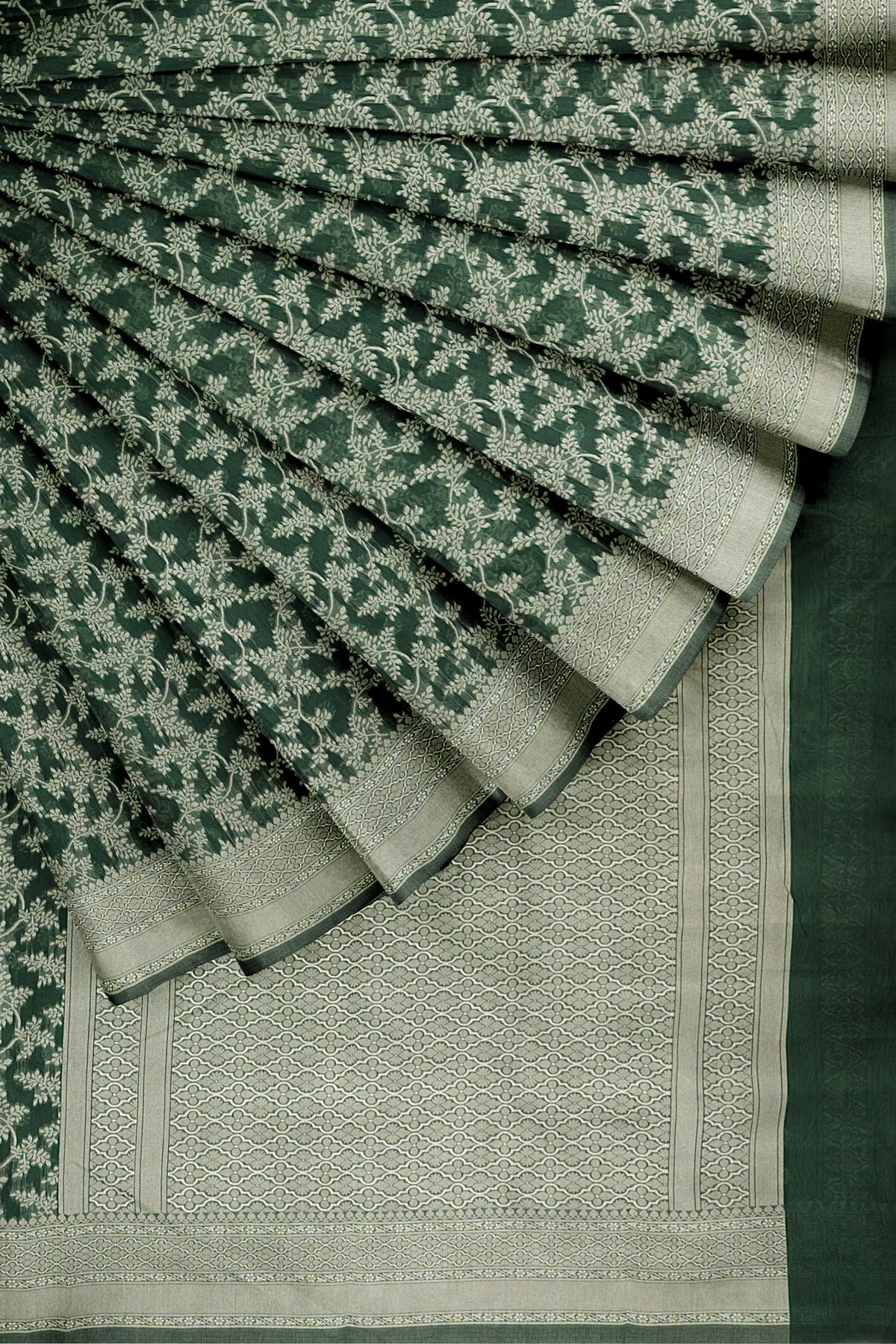Welcome to the world of timeless elegance and cultural richness as we embark on a journey to unravel the exquisite tapestry of Kanjivaram and Banarasi silk sarees. These traditional garments, originating from the distinct corners of India, have captivated hearts with their intricate craftsmanship and opulent designs. Join us in this exploration as we delve into the unique characteristics, weaving techniques, and cultural significance that define the unparalleled charm of Kanjivaram and Banarasi sarees.
Kanjivaram sarees
Origin: Hailing from Kanchipuram in Tamil Nadu, Kanjivaram sarees are woven with pure mulberry silk.
Design: They are characterized by vibrant colors, wide contrast borders, and intricate zari work, often featuring temple and peacock motifs.
Texture: Kanjivaram sarees are heavier and have a rich, textured feel.

Weaving Technique: Kanjivaram sarees are woven using the 'Kanchi' method, where three shuttles are used for weaving, resulting in durable and heavy fabrics.

Pallu (end piece): Kanjivaram sarees typically have a contrasting and heavily designed pallu, showcasing intricate motifs and zari work.

Banarasi sarees
Origin: Originating from Varanasi in Uttar Pradesh, Banarasi sarees are crafted from finely woven silk.
Design: These sarees are known for their opulent gold and silver brocade work, with designs inspired by Mughal art such as floral and geometric patterns.

Texture: Banarasi sarees are relatively lighter compared to Kanjivaram sarees

Weaving Technique: Banarasi sarees are crafted through the 'Kadhwa' technique, involving handwoven patterns, including brocades and butidar designs, with intricate detailing.
Pallu (end piece): Banarasi sarees often have a grand pallu with elaborate brocade work, presenting a luxurious and royal appearance.
In summary, Kanjivaram sarees are from the south, characterized by vibrant colors and temple motifs, while Banarasi sarees from the north showcase intricate brocade work inspired by Mughal art. The choice between them often depends on personal style preferences and cultural affiliations.
















